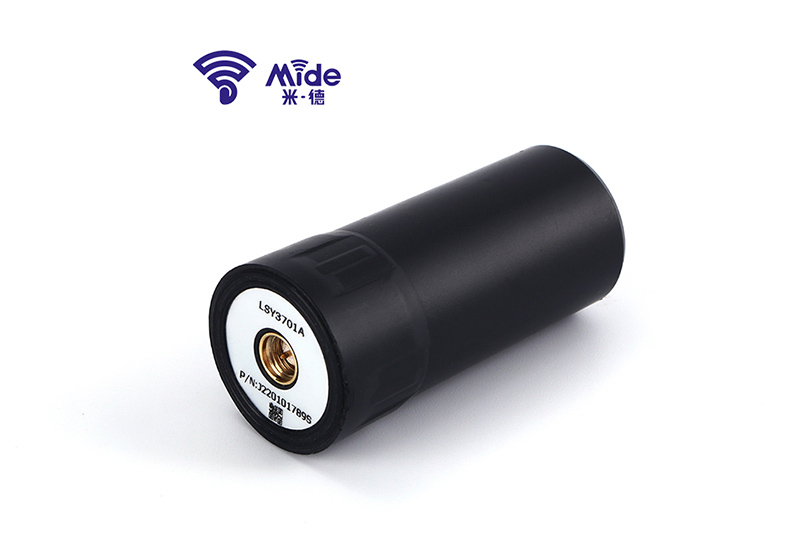7 Jaw-Dropping Facts About Geodetic Antennas: Are They Overlooked?
Introduction: The Unsung Heroes of Precision Measurement
In the world of geospatial science, geodetic antennas are the silent workhorses that enable millimeter-level accuracy in everything from earthquake monitoring to climate research. Yet, despite their critical role, they often fly under the radar. What if we told you that these unassuming devices hold secrets that could redefine how we measure and understand our planet? From their ability to withstand extreme environments to their role in cutting-edge scientific discoveries, here are seven jaw-dropping facts about geodetic antennas that will leave you wondering why they aren’t getting more attention.
Fact 1: The Precision Powerhouse You Never Noticed
Geodetic antennas are designed to achieve unparalleled accuracy, often down to the millimeter level. This precision is made possible by their ability to receive signals from multiple GNSS constellations, including GPS, GLONASS, Galileo, and BeiDou. By combining data from these systems, geodetic antennas can correct for errors caused by atmospheric disturbances or satellite clock inaccuracies. For applications like tectonic plate monitoring or dam deformation studies, this level of precision is non-negotiable.
Fact 2: Built to Survive the Toughest Conditions
Unlike standard GNSS antennas, geodetic antennas are engineered to endure extreme environments. Whether it’s the freezing temperatures of Antarctica, the scorching heat of deserts, or the corrosive salt spray of coastal areas, these antennas are built to last. Their rugged designs often include weatherproof enclosures and advanced materials that resist UV degradation. This durability ensures continuous operation in remote locations where maintenance is nearly impossible.

Fact 3: The Secret to Global Climate Monitoring
Geodetic antennas play a crucial role in climate research by enabling precise measurements of sea level rise, ice sheet movement, and even atmospheric water vapor. For instance, networks of geodetic antennas are used to monitor the melting of polar ice caps with millimeter accuracy. This data is vital for understanding the pace of climate change and informing global policy decisions. Without geodetic antennas, our ability to track these changes would be severely limited.
Fact 4: A Key Player in Disaster Prevention
Earthquake-prone regions rely on Helix Antennas to detect subtle ground movements that precede seismic events. By analyzing data from networks of these antennas, scientists can identify strain buildup along fault lines and issue early warnings. In Japan, for example, geodetic antenna arrays have been instrumental in improving earthquake prediction models, potentially saving countless lives.
Fact 5: The Backbone of Modern Mapping
From creating detailed topographic maps to supporting autonomous vehicle navigation, geodetic antennas are the unsung heroes of modern cartography. Their ability to provide highly accurate positional data ensures that maps are not only precise but also reliable. This is especially critical for applications like urban planning, where even small errors can have significant consequences.
Fact 6: The Hidden Cost-Efficiency
While geodetic antennas may have a higher upfront cost compared to standard GNSS antennas, their long-term value is undeniable. With lifespans often exceeding 15 years and minimal maintenance requirements, they offer a cost-effective solution for long-term projects. For organizations like national mapping agencies or research institutions, this makes them a smart investment.
Fact 7: The Future of Geodetic Antennas
Advancements in materials science and signal processing are pushing the boundaries of what GNSS geodetic antennas can achieve. Emerging technologies like phased array systems and AI-driven data analysis are set to enhance their capabilities even further. These innovations will enable faster data collection, improved accuracy, and new applications in fields like space exploration and deep-sea mapping.
Conclusion: Are You Underestimating Geodetic Antennas?
From their role in climate research to their potential in disaster prevention, geodetic antennas are far more than just tools for measurement—they are enablers of scientific discovery and technological progress. As we face global challenges like climate change and natural disasters, their importance will only grow. The question is, are you ready to recognize their true value and harness their full potential?
- Previous: None
- Next: None
- 0

